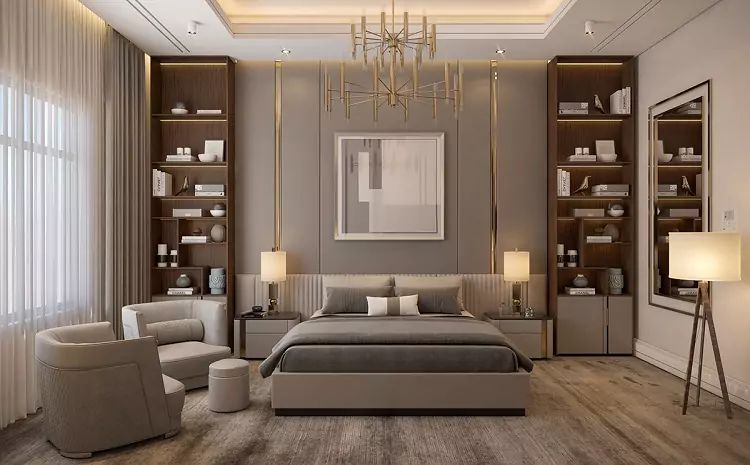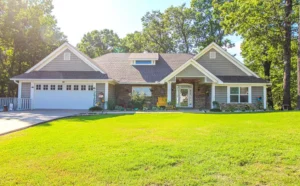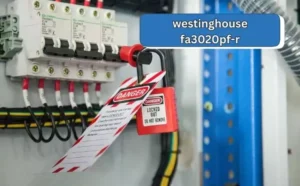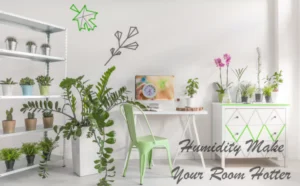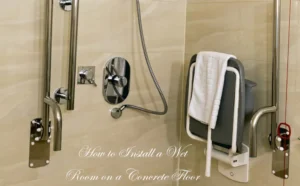Have you ever wondered how to turn your bedroom into an escape room? Whether you’re a fan of escape games or looking to add a unique twist to your space, transforming your bedroom into a thrilling escape room is easier than you think. With the right theme, clever puzzles, and a bit of creativity, you can make a room that challenges both the mind and senses.
Key Takeaways
- Create a theme that captivates and intrigues
- Add puzzles to create an immersive experience
- Use your existing space effectively to design escape rooms
- Focus on the user experience to make it engaging
Choose a Captivating Theme
The first step in turning your bedroom into an escape room is picking the right theme. The theme will set the tone for the entire game, so make it something exciting. Here are a few theme ideas to get you started:
- Mystery Detective: Imagine you’re a detective, and you need to solve a crime within the room.
- Space Adventure: Turn your bedroom into a spaceship, and complete puzzles to fix the ship and escape.
- Haunted Mansion: Make your escape room spooky, with eerie clues and haunted elements.
Tip: When choosing a theme, think about the puzzles you can incorporate. If you’re doing a detective theme, include items like magnifying glasses or hidden notes. For a space theme, use lights and sound effects.
| Theme | Puzzle Ideas | Ambiance Setup |
|---|---|---|
| Detective Mystery | Hidden clues, lock combinations, cryptic messages | Dark lighting, classic detective props |
| Space Adventure | Fix spaceship control panels, align stars, code puzzles | Starry lights, futuristic sound effects |
| Haunted Mansion | Solve haunted riddles, unlock haunted doors | Eerie sounds, dim lights, cobwebs |
Design Puzzles That Challenge
To truly create an engaging escape room in your bedroom, focus on the puzzles. The best escape rooms have puzzles that challenge players but are still solvable. You can use items you already have in your room or make your own puzzles.
Popular Puzzle Ideas:
- Code locks: Hide clues around the room that give numbers for a code lock.
- Hidden objects: Place hidden keys or objects around the room that players need to find.
- Word puzzles: Use scrambled letters or cryptic messages to add a mental challenge.
| Puzzle Type | How to Implement in Your Bedroom | Difficulty Level |
|---|---|---|
| Code Locks | Hide number clues in books, drawers, or behind objects | Moderate |
| Hidden Objects | Place keys or items in everyday objects like lamps | Easy to Moderate |
| Word Puzzles | Create cipher codes or scrambled letters to solve | Difficult |
Set Up the Physical Space
The next step is arranging your bedroom to feel like a real escape room. You don’t need to buy expensive props — just use things you already have. For example, bookshelves can hide clues, and drawers can lock with combination locks.
Tips for Transforming Your Bedroom:
- Hide clues in plain sight: Use everyday objects like books, picture frames, or cushions.
- Incorporate furniture: Beds, desks, and dressers can be used to hide items or create locked areas.
- Use lighting: Dim the lights to add mystery. String lights or flashlights can be part of the challenge.
Tip: Always make sure your room is comfortable and safe, even though it’s part of the game.
Create a Storyline
Every great escape room has a story that ties all the puzzles together. Think of a scenario that fits your theme. For example, if you’re doing a space adventure theme, the story could be about fixing your spaceship before it crashes. If you’re doing a haunted mansion, you may need to escape before the ghosts trap you forever.
Example Storylines:
- Detective: “You have 60 minutes to solve the crime and escape the room before the criminal strikes again.”
- Space: “You are astronauts whose spaceship has malfunctioned. Can you fix it before oxygen runs out?”
- Haunted: “You are trapped in a haunted house. Find the key to escape before the clock strikes midnight.”
Engage Players with a Timer
Setting a time limit adds urgency and makes the escape game more exciting. Most escape rooms give players 60 minutes to escape, but you can adjust this based on the complexity of your puzzles.
Why Use a Timer?
- Creates a sense of urgency
- Increases excitement and tension
- Helps players stay focused
You can use a phone, stopwatch, or any other timer to make the experience more immersive.
| Time Allotted | Game Difficulty | Ideal Number of Players |
|---|---|---|
| 30 Minutes | Easy | 1-2 players |
| 45 Minutes | Moderate | 2-3 players |
| 60 Minutes | Difficult | 3-4 players |
Test Your Escape Room
Once your escape room is set up, it’s time to test it. Run through the game yourself or invite friends to play. This way, you can see if the puzzles are too hard or too easy and adjust them as needed.
Things to Check:
- Are the puzzles too difficult? You want the game to be challenging but not impossible.
- Is the storyline engaging? Make sure the story fits the puzzles and theme.
- Is everything clear? Check that the clues are visible and not too hidden.
Final Thoughts
Turning your bedroom into an escape room is a fun, creative project that you can enjoy with friends or family. With a captivating theme, clever puzzles, and a thrilling storyline, you can easily transform your space into an engaging game.

